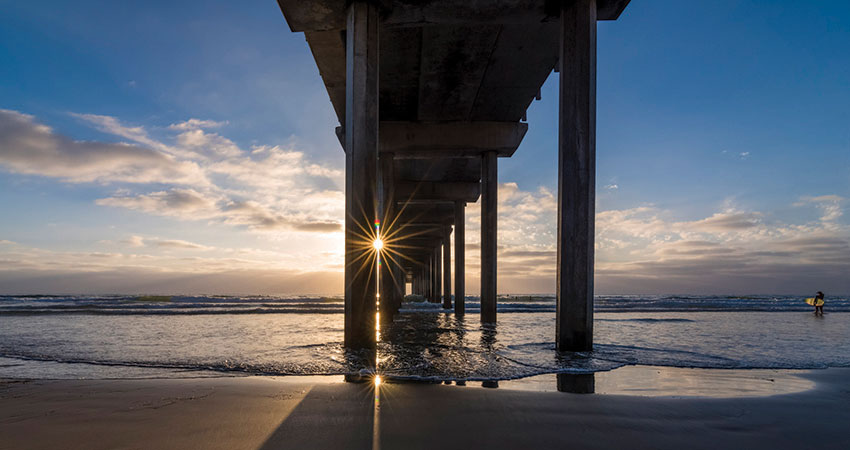
Institutional Seminar Series
Thursday, January 14
via Zoom (Link to be sent morning of)
1:00 p.m. Talks begin w/ Q&A
-------------------------
Wenyuan Fan - Do all earthquakes rupture the same way?
Understanding the seismic nucleation phase is essential for deciphering earthquake rupture physics and can aid earthquake probabilistic forecasting. However, the impacts of the seismic nucleation phase on the later stage rupture are rarely systematically examined for abundant events in a single geologically homogenous fault system. With regional dense seismic arrays, we robustly identify seismic nucleation phases of 292 0.9<= M <= 5.4 events of the 2019 Ridgecrest earthquake sequence. These nucleation phases generate seismic precursory signals that are almost identical to the earthquake P-waves, but the precursor attributes show no scaling relationships with the earthquake magnitude. Our observations suggest that earthquake rupture may initiate in a universal fashion, and the final magnitude is the only difference between small and large earthquakes.
Professor James J. Leichter - Vertical Dimensions of Climate Change: Temperature Stratification, Internal Waves, and Heat Stress in Coastal Marine Ecosystems
Coastal ecosystems and the valuable resources they support are increasingly vulnerable to ocean warming and prolonged extreme sea surface heating events, broadly described as marine heat waves. Anomalous warm sea surface temperatures have impacted large spatial scales of the north, central and eastern tropical and temperate Pacific in recent years, and the 2015/16 El Niño led to the hottest sea-surface temperatures on record with widespread bleaching of tropical corals, as well as major impacts on temperate coastal California ecosystems. However, surface ocean temperatures and heat stress estimates are of limited generality in predicting conditions across the broad range of depths relevant to coastal ecosystems such as coral reefs and kelp forests. Multi-year time series collected across coral reef slopes from the near-surface to 30–50 m depths at sites in Japan, French Polynesia, Panama, and the South China Sea show that periodic fluctuations in temperature caused by internal waves significantly reduced the duration and magnitude of thermal extremes and heat accumulation across depths. In Pacific Panama, internal waves are also associated with extreme fluctuations in dissolved oxygen concentrations and periods of hypoxia at 20 and 30 m depths, and at Dongsha Atoll in the South China Sea, strong internal wave forcing leads to extreme temperature variability likely setting the lower depth distribution of reef-building corals. Evaluating climate change effects on coral reefs and other coastal ecosystems depends on the response of internal-wave climates to continued warming and changes in ocean stratification. Understanding the vertical dimension of ocean climate change will depend on continuous, high resolution time series observations across depths and sites, and is greatly facilitated by broad-scale and multi-institution collaborative research at study sites distributed across ocean basins.




